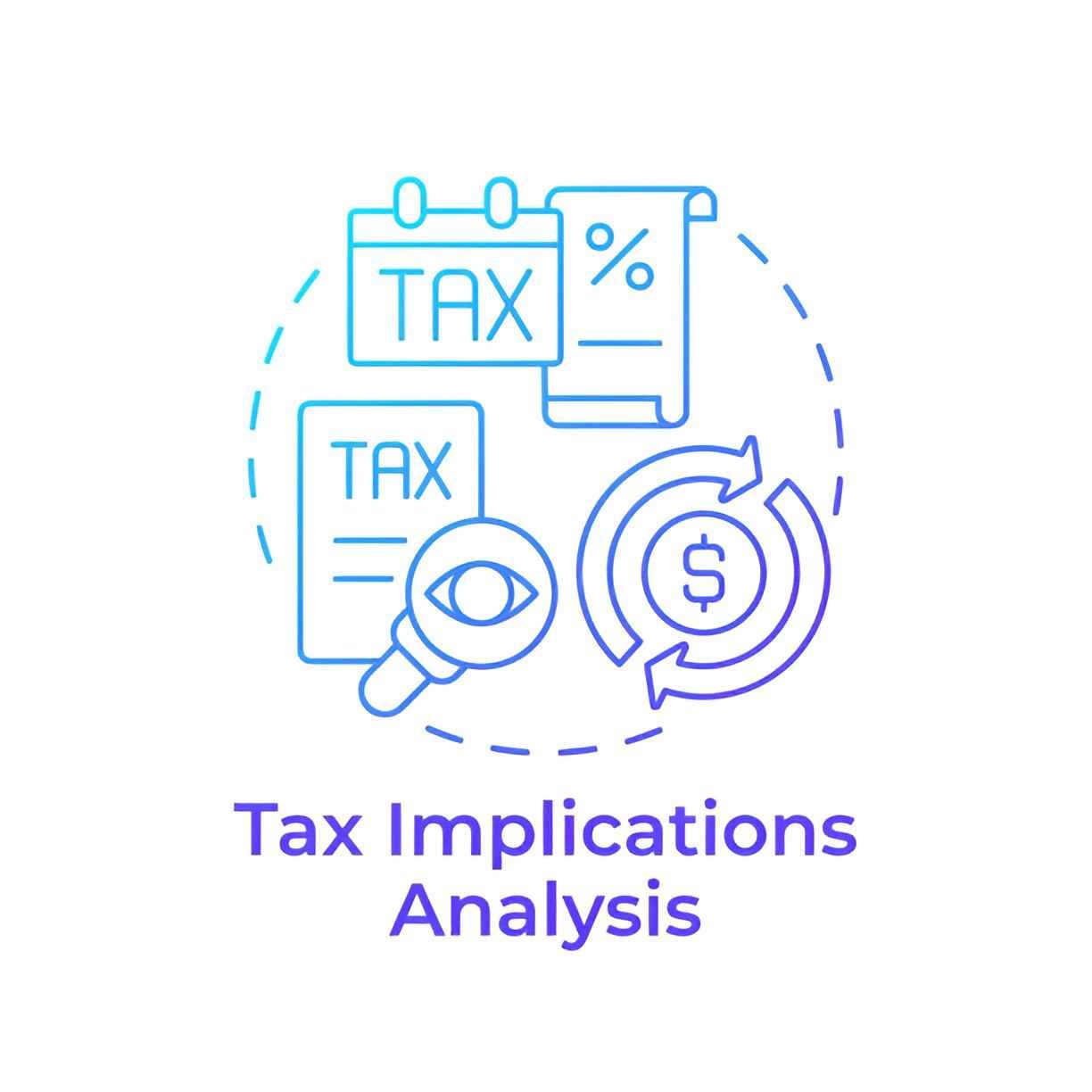In my years working with tax policy and corporate accounting, I have come across several legacy tax concepts that still affect financial reporting and planning. One such concept is Irrecoverable Advance Corporation Tax, or ACT. Though the United States tax code doesn’t directly use this system anymore, its historical relevance, international implications, and residual effects still matter. In this article, I will break down everything you need to know about irrecoverable ACT, its financial impact, and how corporations should account for it today.
Table of Contents
What Was Advance Corporation Tax (ACT)?
ACT was a prepayment of corporate tax on dividends that a company paid to shareholders. It originated in the UK tax system in 1973 and was abolished in 1999. Even though it no longer exists in the UK, understanding ACT is important because many international corporations, including those with subsidiaries in the US, still deal with its after-effects. US companies investing in or receiving income from UK entities may face legacy ACT issues.
A company paying dividends had to pay ACT to the government at the time of the dividend declaration. The ACT paid could then be offset against the company’s total corporate tax liability. This system helped the government collect taxes upfront but often created cash flow and reconciliation problems.
What Is Irrecoverable ACT?
Irrecoverable ACT refers to the portion of ACT paid that cannot be offset against the final corporate tax liability. This happens when the total ACT paid exceeds the actual tax due. For example, if a company pays $100,000 in dividends and the ACT rate is 20%, the company pays $20,000 in ACT. If their total corporation tax due is only $15,000, then $5,000 becomes irrecoverable.
\text{Irrecoverable ACT} = \text{ACT Paid} - \text{Corporation Tax Liability (offset allowed)} \text{Irrecoverable ACT} = 20{,}000 - 15{,}000 = 5{,}000This difference is not refundable and must be absorbed as an expense or loss, affecting reported earnings.
Why Should US Corporations Care?
Even though ACT is not part of the US tax system, it matters for US multinational corporations with UK subsidiaries or investments. Here’s why:
- Double Taxation Treaties: The US-UK tax treaty affects how ACT is treated.
- Financial Consolidation: US GAAP requires accurate accounting of foreign tax credits and liabilities.
- Cash Flow Management: If a foreign subsidiary suffers from irrecoverable ACT, the parent company’s financials can reflect that burden.
Key Financial Implications
The main tax implication of irrecoverable ACT is its treatment as a non-deductible expense. That means it cannot be deducted to reduce the taxable income in the US. It must be recorded as a permanent difference in the effective tax rate reconciliation under ASC 740.
Illustration Table: Tax Treatment Comparison
| Tax Element | US Treatment | UK (Legacy ACT) Treatment |
|---|---|---|
| Corporation Tax | Expense | Expense |
| Recoverable ACT | Foreign Tax Credit (FTC) | Offset against corporate tax |
| Irrecoverable ACT | Permanent difference | Expense or disallowance |
| Dividend Withholding Tax | FTC eligible | Not applicable under ACT |
Example Calculation for a US Parent Company with UK Subsidiary
Suppose my US company owns 100% of a UK subsidiary. The subsidiary pays out $500,000 in dividends. The ACT rate is 25%. The subsidiary pays $125,000 in ACT.
However, the UK entity’s total tax liability is $100,000. This results in irrecoverable ACT of:
\text{Irrecoverable ACT} = 125{,}000 - 100{,}000 = 25{,}000This $25,000 cannot be reclaimed. Under US GAAP, I must account for this as a permanent tax difference, which affects the effective tax rate calculation.
Effective Tax Rate Reconciliation
Let’s say the US consolidated pre-tax income is $2,000,000. The statutory rate is 21%. The base tax liability would be:
2{,}000{,}000 \times 0.21 = 420{,}000Now, add the irrecoverable ACT as a permanent difference:
\text{Adjusted Tax Liability} = 420{,}000 + 25{,}000 = 445{,}000This increases my effective tax rate:
\text{Effective Tax Rate} = \frac{445{,}000}{2{,}000{,}000} = 22.25%That’s a full 1.25% higher than expected, which matters a lot for large corporations.
How Irrecoverable ACT Affects Deferred Tax Assets
Deferred tax assets arise when tax payments exceed accounting tax expense. However, irrecoverable ACT doesn’t qualify because it’s non-deductible and non-refundable.
If I incorrectly recognize this amount as a deferred tax asset, it would overstate my balance sheet. Auditors and regulators pay close attention to such misstatements, particularly under ASC 740 and FIN 48.
International Reporting Under IFRS and US GAAP
Even though I report under US GAAP, my subsidiary may use IFRS. Under IFRS, irrecoverable ACT must be recognized as a tax expense in the period it arises.
Comparison Table: GAAP vs. IFRS Treatment
| Accounting Standard | Irrecoverable ACT Treatment |
|---|---|
| US GAAP (ASC 740) | Permanent difference, non-deductible |
| IFRS (IAS 12) | Included in income tax expense |
This dual reporting framework complicates consolidation, and I often reconcile this difference in the tax note disclosures.
Planning Strategies to Minimize Impact
While ACT is defunct in the UK, its legacy continues. Here are some strategies I use to manage potential exposure:
- Dividend Planning: Time and size of dividends affect ACT exposure. I avoid excessive dividends when recoverability is uncertain.
- Use of Tax Credits: Coordinate with tax advisors to ensure maximum use of foreign tax credits (FTCs) under US regulations.
- Subsidiary Structuring: Sometimes it’s better to route income through jurisdictions without ACT legacy burdens.
- Documentation: Maintain documentation for any irrecoverable ACT to justify its treatment during audits.
Tax Treaty Considerations
The US-UK tax treaty provides some relief, but it doesn’t allow recovery of irrecoverable ACT. It does allow foreign tax credits for certain types of UK taxes, which can offset US tax liability.
The key is Article 23 of the treaty, which discusses elimination of double taxation. However, irrecoverable ACT usually doesn’t qualify because it isn’t a withholding tax—it’s a prepayment.
The Bigger Picture: Corporate Governance and Shareholder Communication
If irrecoverable ACT affects dividends or net income, I must communicate that clearly in shareholder reports. Investors don’t like surprises, and this obscure tax issue could create confusion if not properly explained.
I include a note in my MD&A (Management Discussion and Analysis) section that details how much of our tax expense was due to irrecoverable ACT, especially when it skews the effective tax rate.
Lessons from the Past: Why ACT Was Abolished
The UK abolished ACT because it discouraged dividend payments and penalized companies with insufficient taxable income. It created a mismatch between cash outflows and recoverable taxes. Many tax systems today avoid this structure.
But for historical reporting or legal disputes, especially with legacy tax positions from pre-1999 periods, ACT still shows up in disclosures and litigation.
Final Thoughts
Irrecoverable ACT may seem like an arcane issue, but for multinationals operating in or with the UK, it’s still relevant. The main takeaway is that it increases tax expense without providing a corresponding benefit. This affects everything from financial statements to investor confidence.





